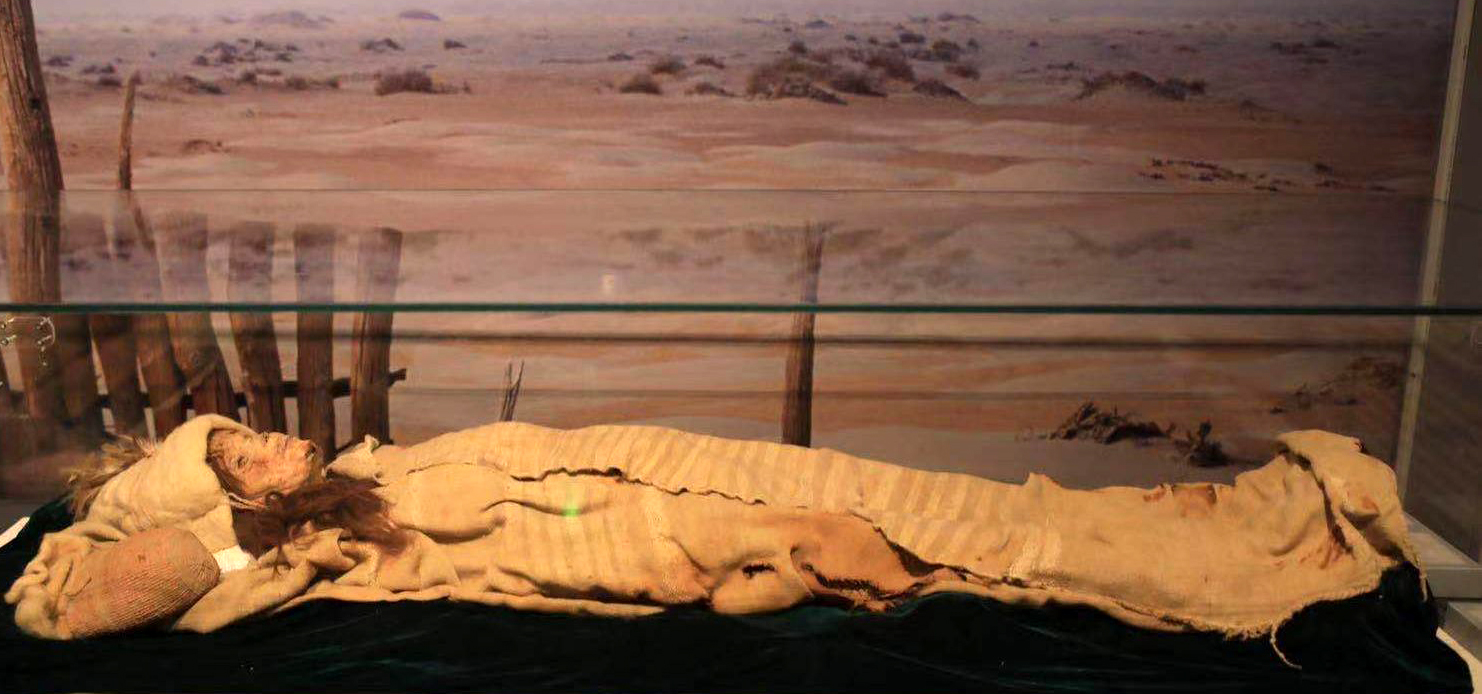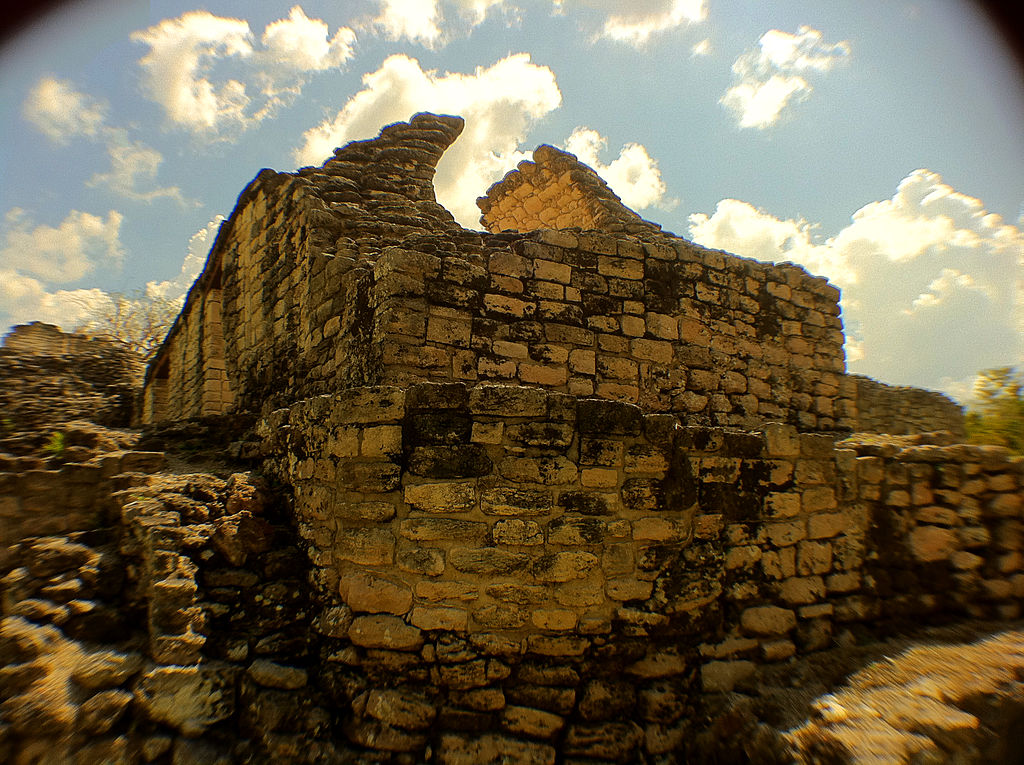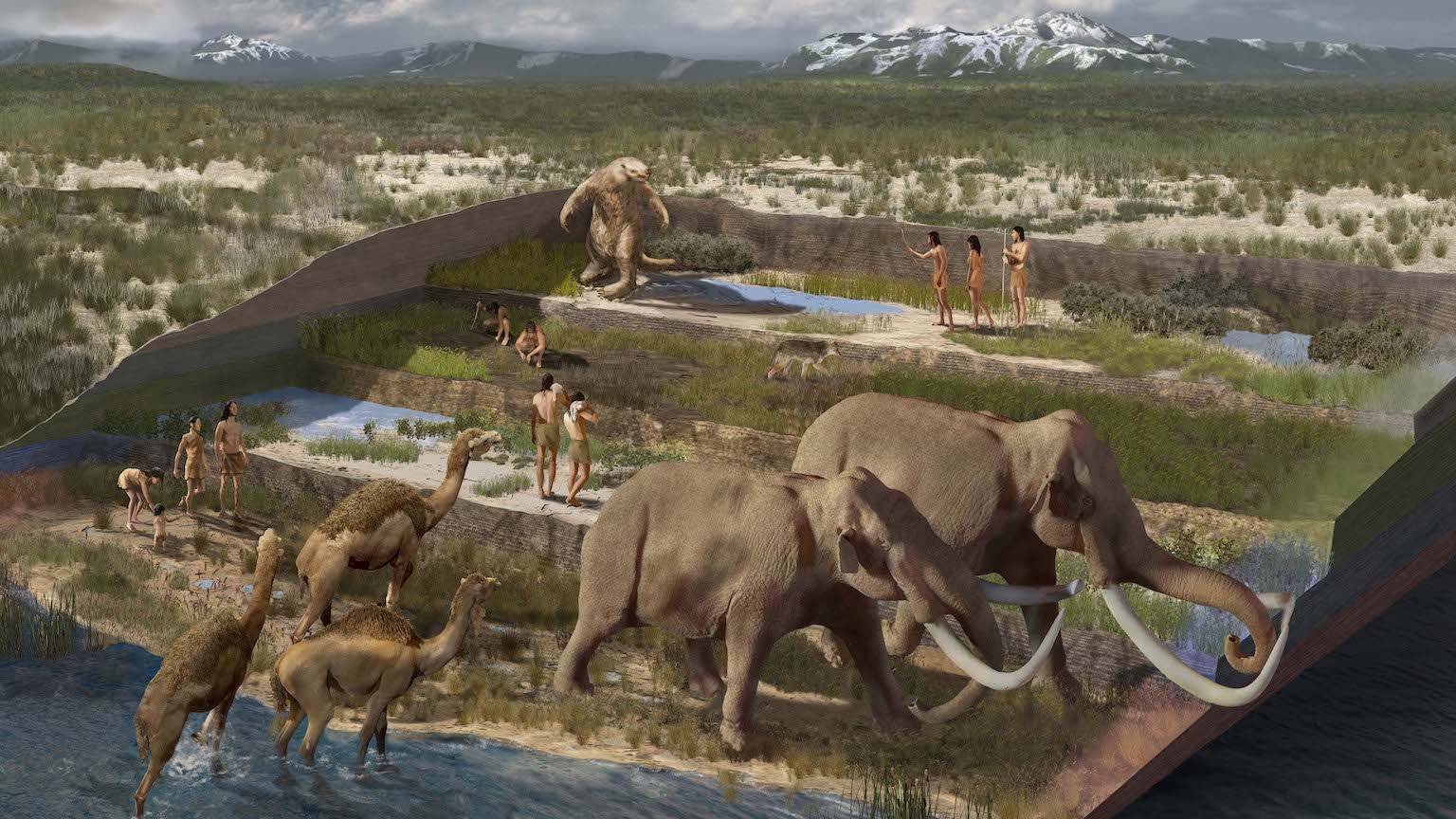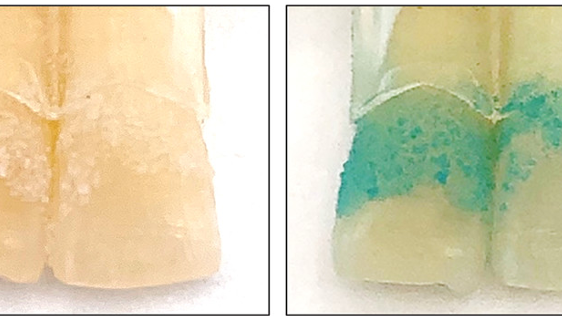The Tarim Basin mummies: retracing the ghostly origin of Xinjiang’s earliest known settlers

- In the early 20th century, archaeologists discovered a group of mummies in the Xinjiang region of western China.
- Although these mummies were incredibly well-preserved, researchers struggled to determine where this ancient people originally came from.
- Now, DNA analysis shows that the people who created the Tarim Basin mummies had been based in China for much longer than previously believed.
Even before it became an integrated part of the Silk Road trading network, the Xinjiang Uyghur Autonomous Region (Xinjiang for short) was a place where ancient peoples crossed paths and exchanged cultural practices. Although these communities left many traces of their existence, archaeologists have been unable to agree on the cultural practices they maintained or the languages they spoke.
The Tarim Basin mummies from Xinjiang represent some of the most puzzling archaeological finds in that region. Dating back to the Bronze Age, these mummies were originally believed to have been Indo-European-speaking migrants. However, a recent study reveals they were actually a local population that could have been based in western China as early as the end of the last Ice Age.
This study, conducted by researchers from Jilin University in Changchun and published in Nature, analyzed the genomes of 13 Tarim Basin mummies. Though these mummies — the oldest human remains yet discovered in Xinjiang — adopted agricultural practices from neighboring communities, they were in fact revealed to be genetically isolated from them.
While the researchers managed to fill an important gap in our knowledge, they also raised new questions. For instance, we still do not know exactly where the ancestors of these genetically striking mummies came from, when they first arrived in western China, and what cultural or environmental factors drove them to migrate there in the first place.
Rejecting past hypotheses
The results from this study contradict everything we thought we knew about the Tarim mummies. In the past, their cattle-based economy and physical features led some scholars to conclude they were related to the Yamnaya, a society of nomadic herders that once traveled through Siberia and the steppes surrounding the Black Sea.
Failing to see the resemblance, other scholars linked the mummies to the ancient cultures that gathered around desert oases in Central Asia’s Bactria-Margiana Archaeological Complex (or BMAC), whose genetic makeup also bears a strong resemblance to other geographically dispersed agricultural communities such as those around the Iranian Plateau.

The study from Jilin University, which was coordinated alongside the Max Planck Institute for Evolutionary Anthropology, the Institute of Vertebrate Paleontology and Paleoanthropology, Seoul National University of Korea, and Harvard University, suggests — to quote the article — “a very different and more complex population history than previously proposed.”
The study, the first genomic-scale analysis of prehistoric populations from Xinjiang, revealed that the mummies of the Tarim Basin actually belong to an “isolated gene pool whose Asian origins can be traced to the early Holocene epoch.” This epoch began more than 11,000 years ago, indicating that human settlement in Xinjiang goes back much farther than the available fossil record is able to show.
Genetically isolated but culturally cosmopolitan
Studying their genomes, researchers determined the Tarim mummies had descended from a population known as the Ancient North Eurasians (ANE). This population was once widespread during the Pleistocene, but largely disappeared following the end of the last Ice Age. Today, they survive only by way of their DNA, 40 percent of which can be found in indigenous populations from Siberia and America.
One of the reasons researchers were surprised to find that the Tarim mummies were genetically isolated is that many of their traditions and practices were borrowed from other cultures. For instance, analysis of their teeth showed that the mummies farmed goats and knew how to turn their milk into various diary products — a process that, at their time, was by no means universal.

Researchers suspect these practices were acquired from contact with cultures that the Tarim mummies were originally believed to be genetically related to. The way in which they used kefir-like fermentation to make cheese from ruminant milk, for instance, was likely borrowed from the Afanasievo communities of the Siberian steppe.
Similarly, the mummies buried their dead with twigs from a certain type of plant and did so in a style that was “reminiscent” of BMAC oasis cultures from Central Asia. At the same time, they developed practices that were distinct from any other ancient communities in Xinjiang, such as creating boat-shaped wooden coffins covered with animal hides and crafting woven baskets instead of pottery.
The anthropological significance of the Tarim Basin mummies
The Tarim Basin mummies had long been analyzed to no avail. The first of them was discovered as early as the start of the 20th century, with many more being unearthed during large-scale excavations in the 1990s. Although their bodies as well as their grave assemblages were incredibly well-preserved, the remains ultimately proved to be rather useless in determining their geographic origin.
This is because, the further back in time one goes, the harder it becomes to make concrete assessments about the way in which people lived, the places they came from, and the languages they spoke. But while there are many ways in which a community could acquire cultural practices, DNA analysis offers a reliable method to find the place from which said community could have originated.
“Despite being genetically isolated, the Bronze Age peoples of the Tarim Basin were remarkably cosmopolitan,” Christiana Warriner, one of the study’s lead authors and an anthropology professor at Harvard, said in a press release published by the Max-Planck Institute. “They built their own cuisine around wheat and diary from West Asia, millet from East Asia, and medicinal plants like Ephedra from Central Asia.”
“Reconstructing the origins of the Tarim Basin mummies has had a transformative effect on our understanding of the region,” added Yinquiu Cui, a co-author. For paleontologists, this study has identified an important step in the perilous journey which brought ancient humans from Sub-Saharan Africa to western Asia.





